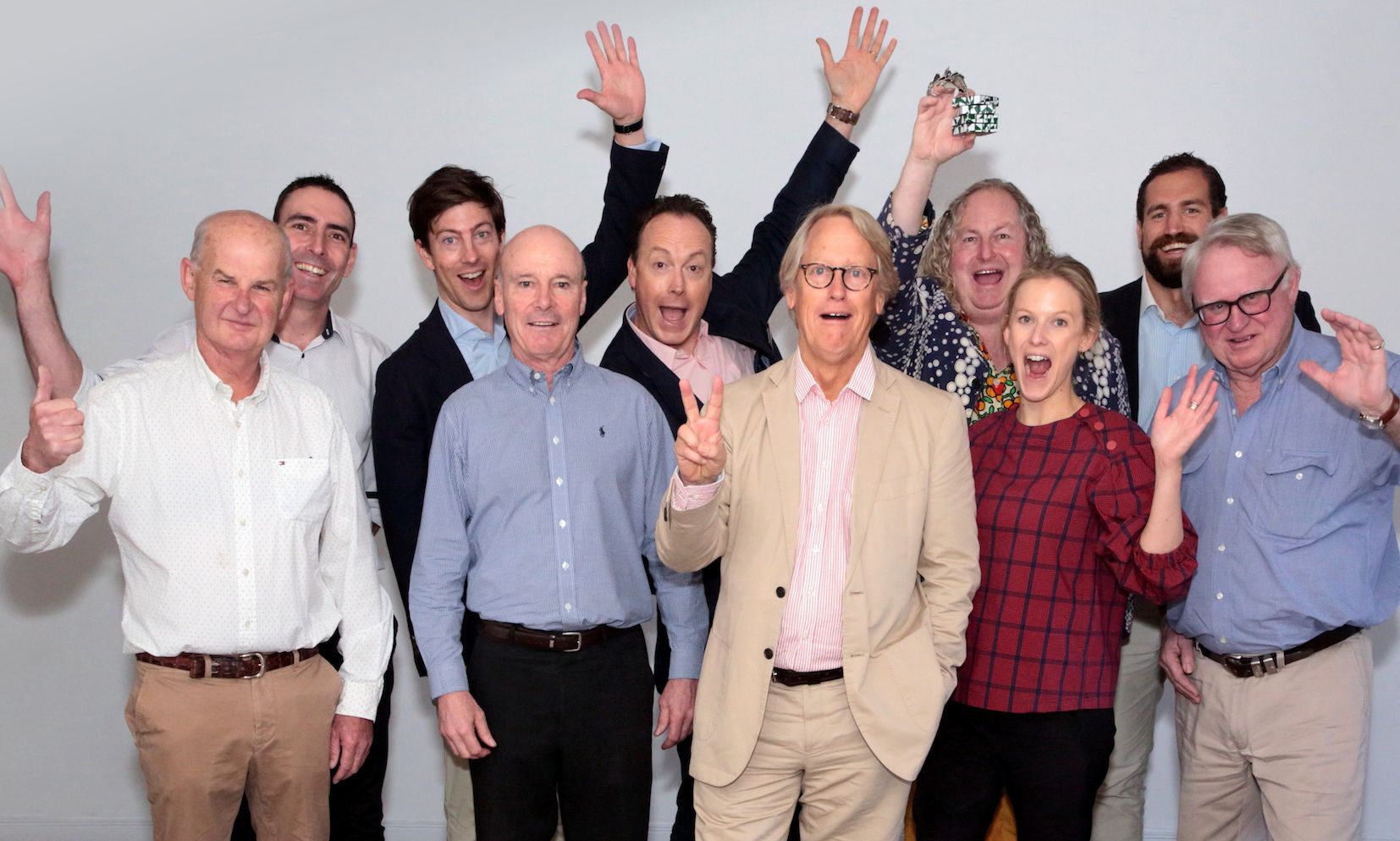Australia’s First Families of Wine are committed to adapting, experimenting and changing – all in the pursuit of making better and better wine.
After all these years, I’ve discovered my problem (or one of them, at least). I reckon I suffer from anthazographobia, the fear of being ignored, left behind or forgotten. As Travis Bickle – who had his own special way of striking back against being forgotten – famously said: “it’s haunted me my whole life, in bars, cars… there’s no escape. I’m God’s lonely man.”
Bickle and I are not alone, though.
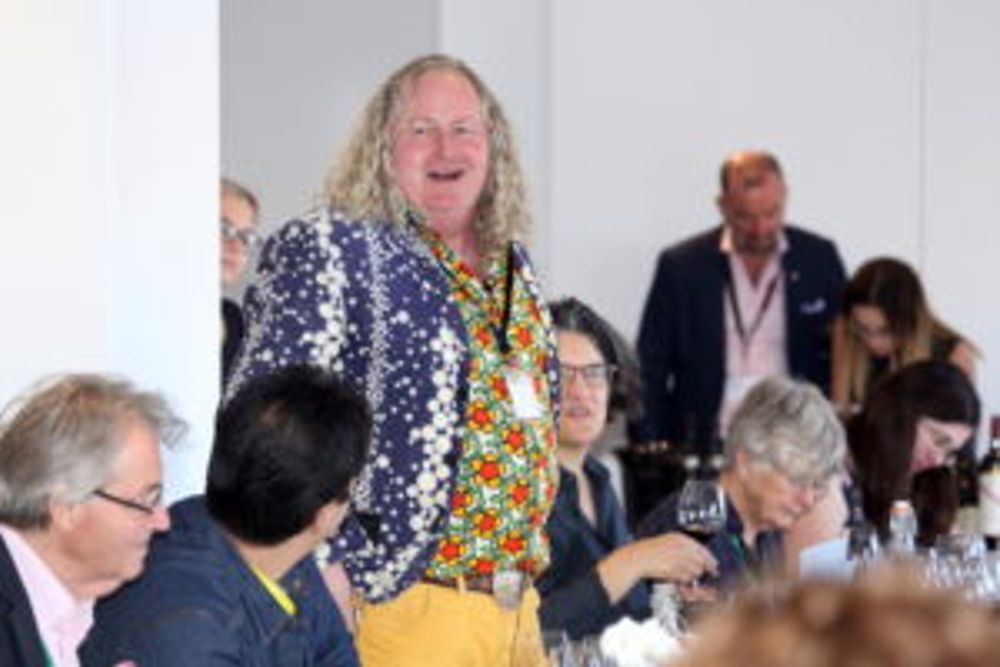
D’Arenberg’s Chester Osborn
“I had a lovely black cat who had this condition which is why I named this wine – predominately Sagrantino, with a bit of Cinsault – The Anthazographobic Cat. It was always afraid of being ignored or left behind, and this wine honours him,” says Chester Osborn, head of South Australia-based D’Arenberg Wines.
With names like The Old Bloke and the Three Young Blondes (I’ll bet he’s gotten into trouble with that one), a similarly delicious high end Shiraz, Viognier, Marsanne and Rousanne blend, The Peppermint Paddock, a new, moreish NV sparkler made from Chambourcin and Graciano, and of course his iconic The Dead Arm, Osborn never has to worry that he or his distinctive, always interesting wines will be forgotten.
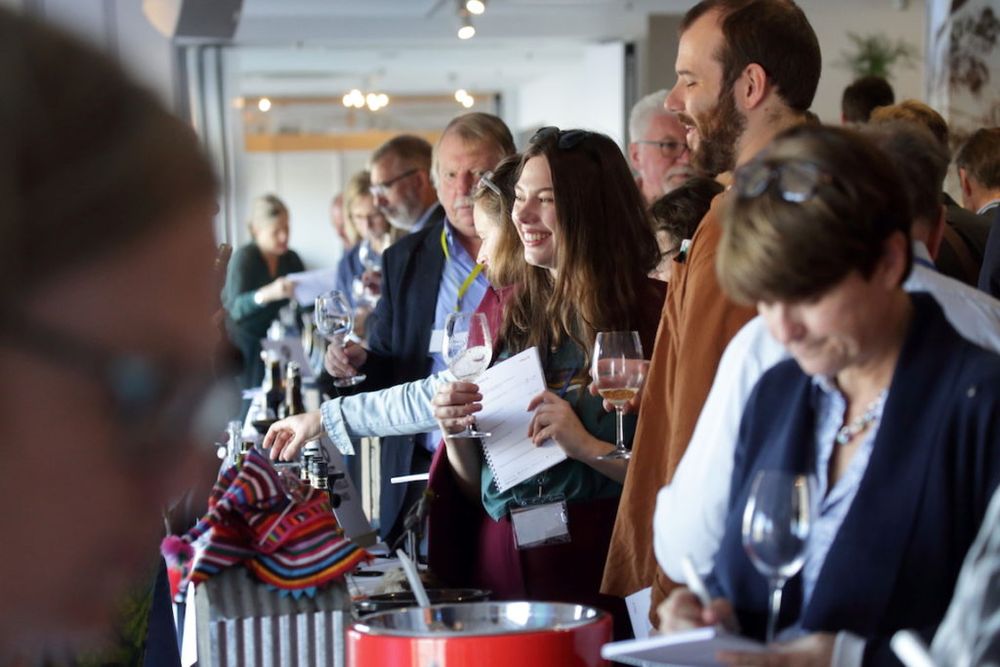
Australia Redefined: bringing a bit of Aussie sunshine to London’s South Bank
Neither should Wine Australia, the organisers of this month’s Australia Redefined tasting. Wine Australia pulled a dazzling array of talent into the Oxo Building on a sunny September day which more suggested Sydney than London. The aim was to highlight Down Under’s more premium offerings – hence the play on the word RedeFINEd. The day included a close look at traditional producers, particularly those 12 who comprise Australia’s First Families of Wine (AFFW) but also at up-and-coming ones.
And what an un-anthazographobic tasting it was.

The line-up for the Unlocked: Australia’s First Families of Wine masterclass
The highlight, of course, was the AFFW Unlocked Masterclass. I still have fond memories of a AFFW tasting that happened maybe 12 years ago near London University. This was a very different era for Australian wine, when the UK market was still pulling in lots of hefty but keenly priced oaky Chardonnays and Shiraz. The wines stood out for their richness, depth of flavour and character which left most Aussie wines in the shade. Much has changed since then; Australia going through an inevitable over-reaction against full-bodied, high alcohol wines (with Chardonnays in particular erring towards the green and bitter); its producers suffering the impact of climate change; and importers having to deal with a Brexit-battered pound which, coupled with a still-resilient Aussie dollar, has made it nigh on impossible to find inexpensive, quality Australian wine. Chile and Argentina – whose currency has astonishingly fared even worse than Sterling over the past few years– have stolen Australia’s entry-level and mid-range thunder.
Yet AFFW continue to deliver – albeit at a price.
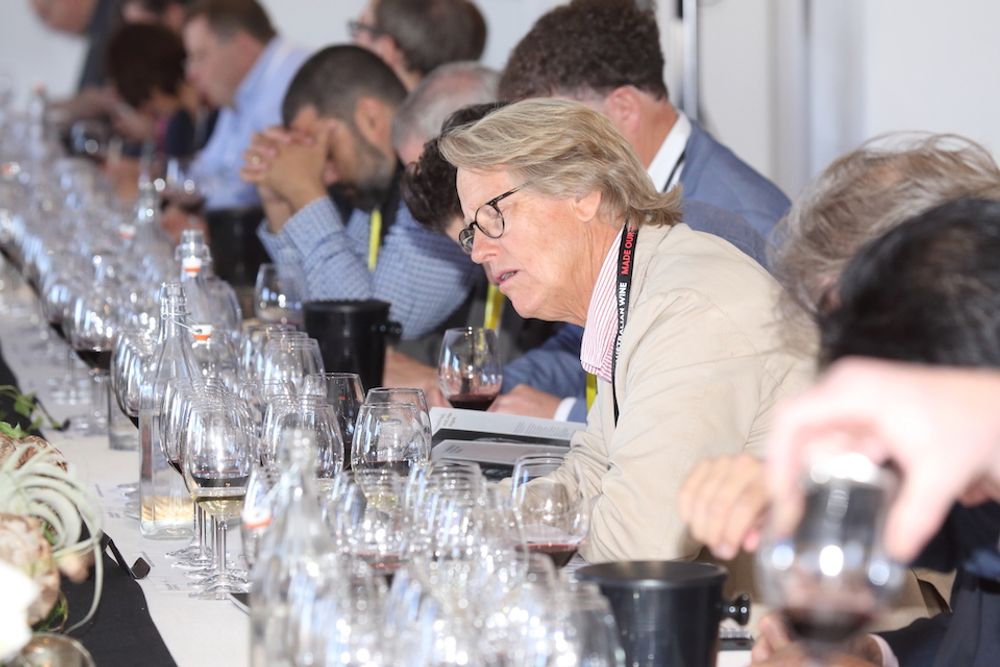
“Although we’ve come a long way, we still have a long way to go,” Yalumba chief Robert Hill-Smith
The 11 wines on show at this masterclass – from Brown Brothers, Tyrell’s, Tahbilk, Wakefield Taylors Family Wines, Howard Park, Yalumba, McWilliams, d’Arenberg, Jim Barry, Henschke and Campbells from Rutherglen, with owners generally presenting their own wines – were all impressive.
But some more than others. I was blown away by the sheer balance, elegance and finesse (beauty is not too strong a word) of the Henschke Hill of Grace 2005 from Eden Valley, which confirmed why this really is Australia’s finest wine, bar none: sorry about that, Penfolds.
Johann Henschke, presenting it, was delighted saying:
“2005 really was an exceptional vintage for HOG and this is showing really well, with great balance and suppleness supporting the fruit.”
The Jim Barry Armagh 2010 from Clare Valley was another star turn here, confirming that Shiraz really remains South Australia’s trump hand, although I was also taken by Yalumba’s The Caley 2014, the producer’s star Cabernet Sauvignon-Shiraz blend, shown on pre-release by Robert Hill-Smith, which was very forceful. Although expensive at respectively, £200 and £240 a bottle retail here (and cheaper than in Australia which taxes higher value wines at a higher rate) they’re a snip compared to the HOG 2005, at £540 a bottle, reflecting the tiny volume and the ever-increasing popularity of this iconic wine.
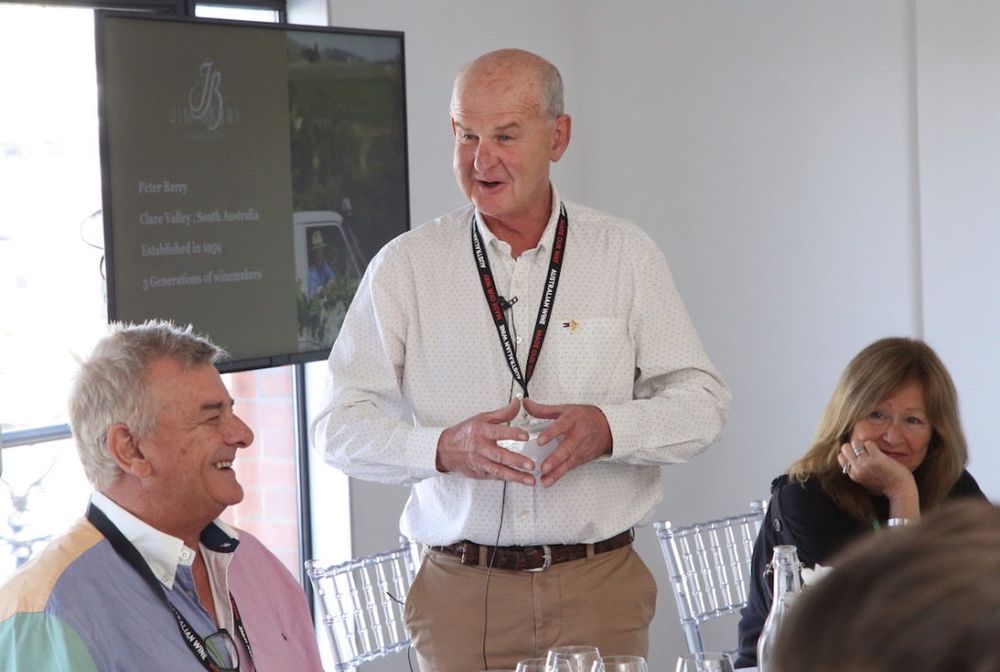
Peter Barry remembering how he helped his Dad save the family vineyards by hand-watering during the drought of 1969,
By contrast my favourite white here, Tyrrell’s Vat 1 Semillon from the Hunter Valley, seemed exceptional value at £55; Bruce Tyrrell ascribed the success of this wonderfully rich but at 11% low alcohol wine made from 100 year old vineyards to the focus on freshness; “no malo, no new oak, we just pick the grapes at the right time and leave them be,” as he puts it.
So how does one explain what Hill-Smith calls the “huge energy” of these wines? What makes them so expressive?
For Hill-Smith, it’s not being afraid of alcohol; “OK, you have 14% alcohol but you also have balance and a full flavour profile,” and the fact that the 12 AFFW “are all still very excited about what we do…although we’ve come a long way, we still have a long way to go.”
For Johann Henschke, the age of the vines and HOG’s location in the Eden Valley – perfect for growing this style of Shiraz – explains his wine’s appeal.
“You really cannot under estimate how well old vines, with their deep roots, can resist climate change. If we look after the soil the vines will adapt.”
What is clear though is that as the Australian wine industry evolves, with climate change becoming more of an issue than ever before, producers are taking a different approach.
With a few notable exceptions including Berkmann Wine Cellars which was showing the Uncle Zelo range from Riverland – Fiano, Barbera and Nero D’Avola – and Graft (Dal Zotto King Valley Glera, Gargenega and Barbera, and the delicious Koerner Clare Valley Vermentino), this tasting didn’t actually have much of a focus on alternative varieties. Yet even the most established players admit that going forward, Italian, Spanish and Portuguese varieties will play more of a role in Australia’s wine scene, evidenced by wines like d’Arenberg’s Anthazographobic Cat, as producers come to grips with increasingly complex heat and water issues.
“Grapes like Mencia and Montepulciano increasingly are doing very well in Australia and we will see more of these and other lesser known varieties,” says Osborn.

The line up for the Future Icons masterclass
Alternative varieties also didn’t play much of a role during the day’s other Masterclass, Future Icons, presented by Andrew Caillard and Mike Bennie. There were some really enjoyable wines here – I really liked the dry, natural, low alcohol, minimum intervention Ruggabellus Sallio Barossa Semillon Riesling 2017, the surprisingly full, almost old style Holyman Tasmania Chardonnay 2018 and the wonderfully rich, blackberry charged Cloudburst Cab Sav/Malbec 2014 from Margaret River, none of which currently have UK importers (but should have). Likewise, the largely Italian varietal wines of Brash Higgins (Riverland and McLaren Vale) which were very original but again, quite unrepresented in Blighty.
Interesting though it was, Future Icons gave no real indication as to the future direction of Australian wine.
So what does the future hold? Of course no one really knows but Peter Barry, who recalls when the industry was dominated by fortified wine and can remember helping his Dad save the family vineyards by hand- watering during the drought of 1969, has no doubts that it will continue to thrive.
“We won’t stick out heads in the sand but will adapt and change. And ask what we can do to experiment. And make better and better wine.”
Wine, in other words, that will not be ignored, or forgotten, or left behind.
